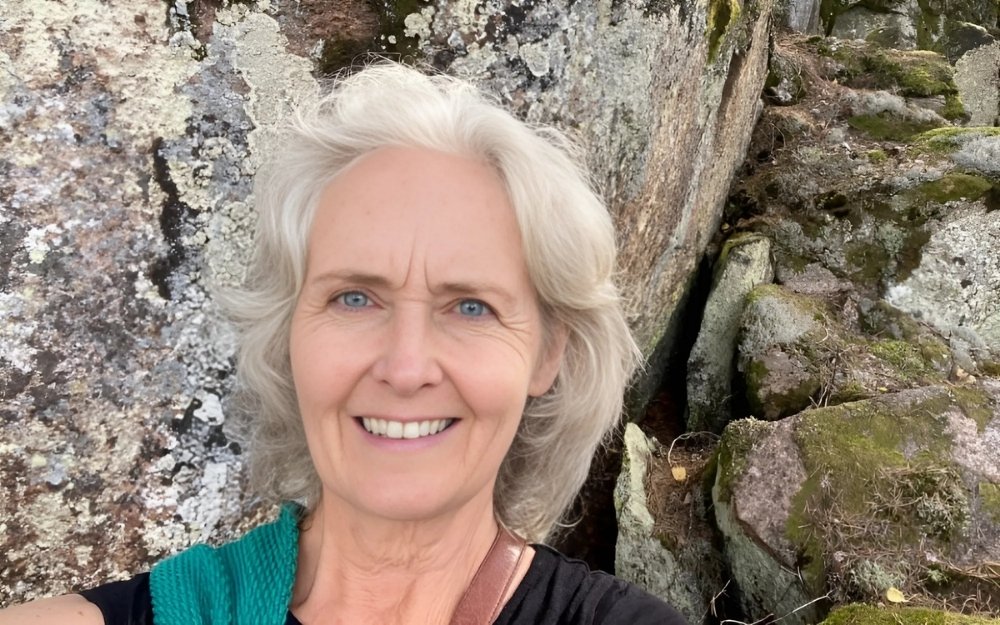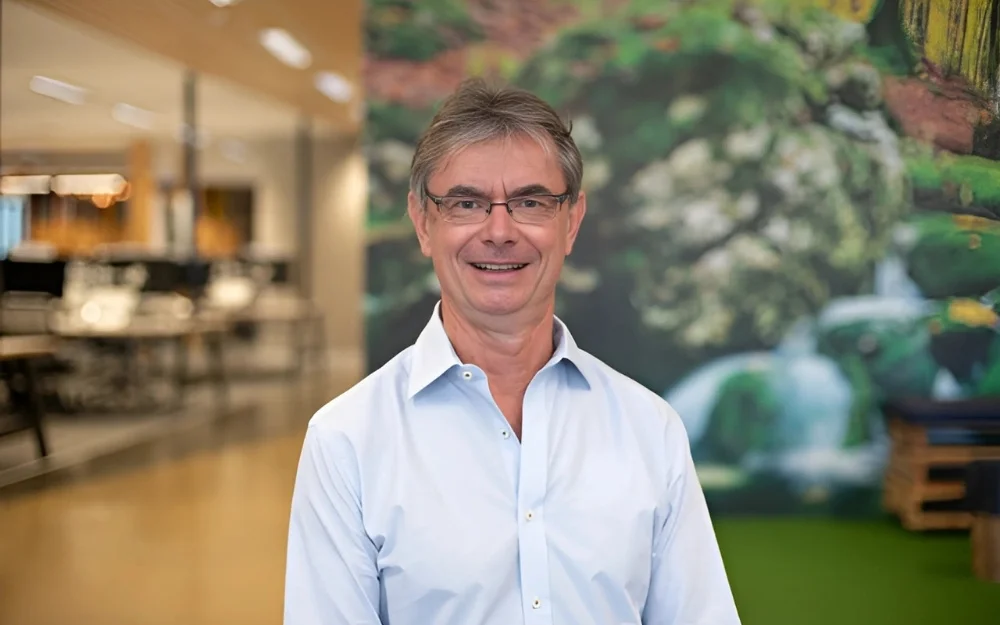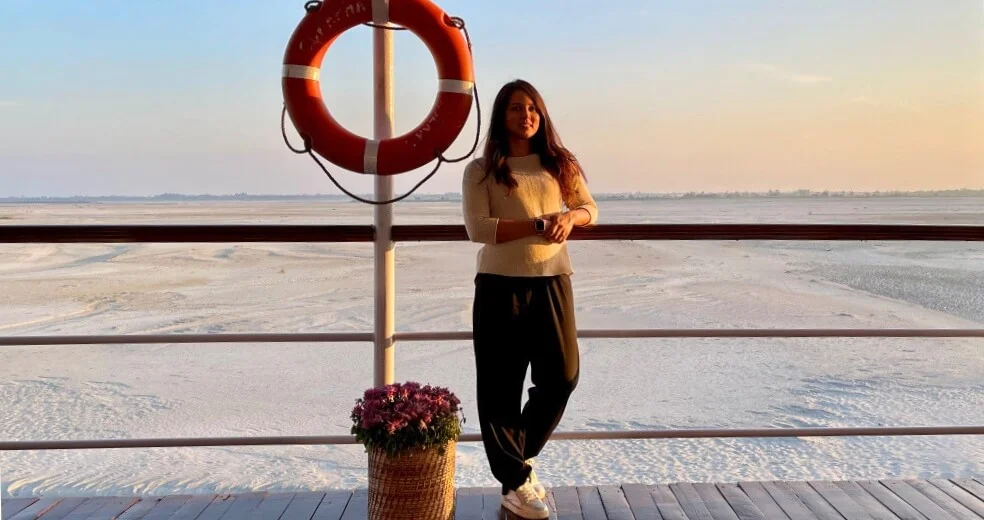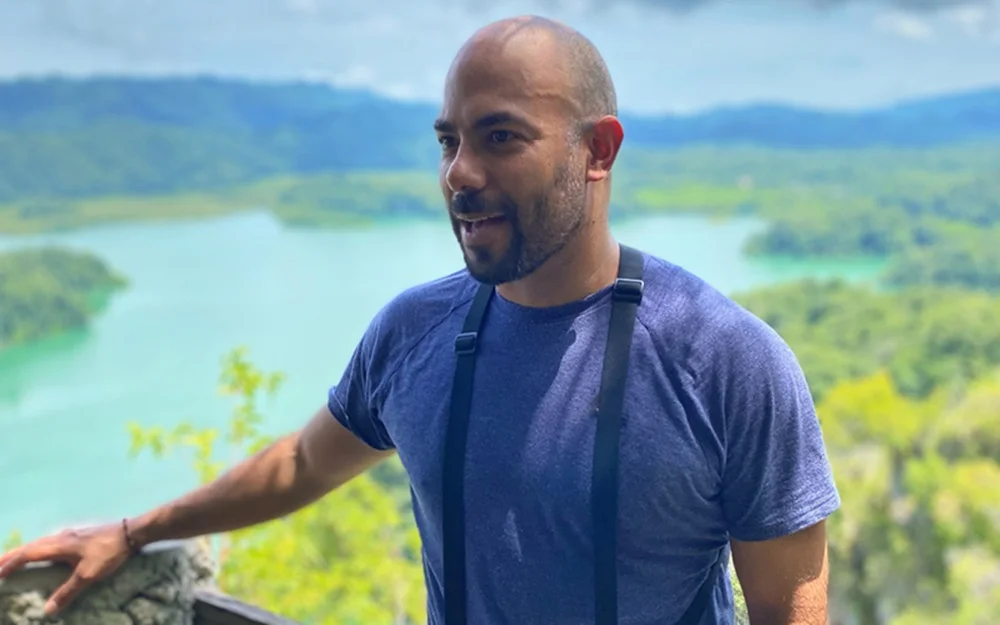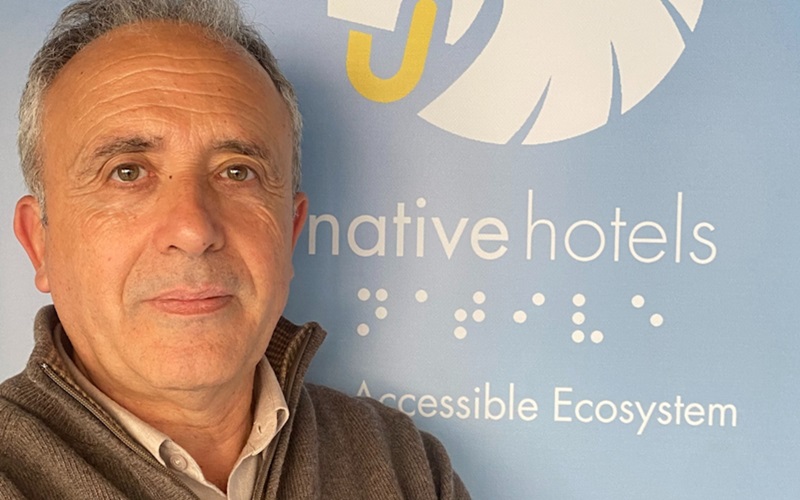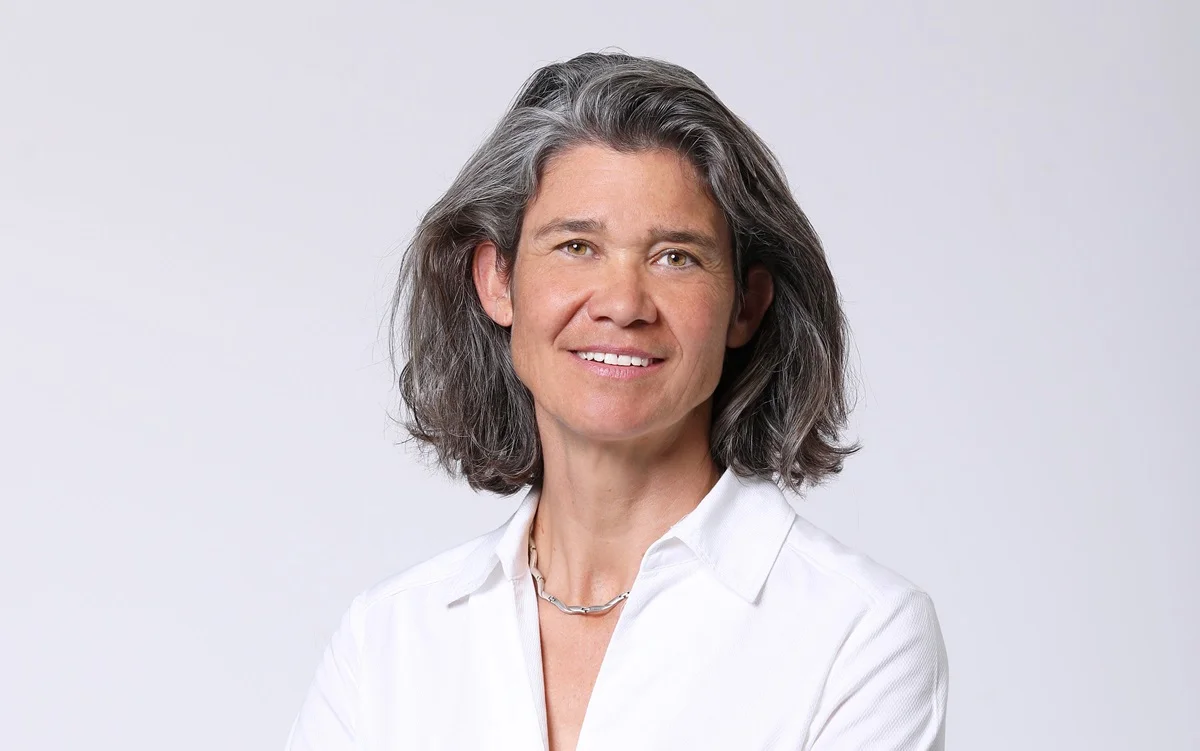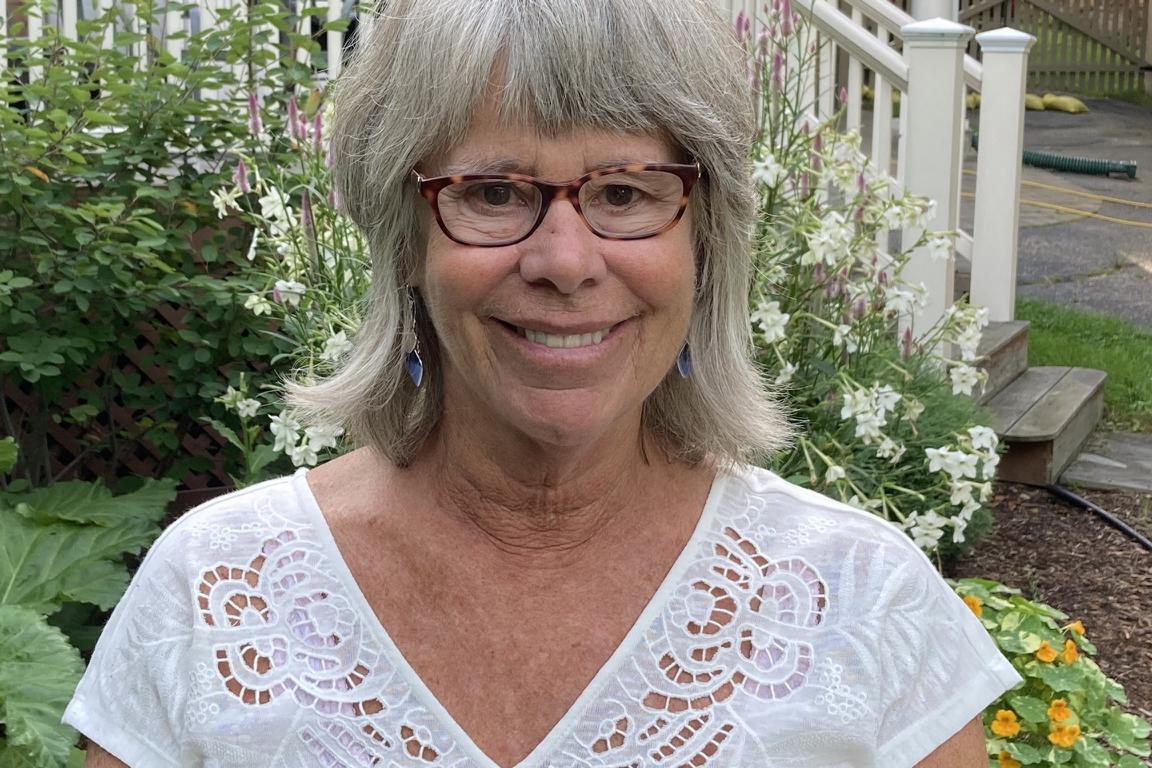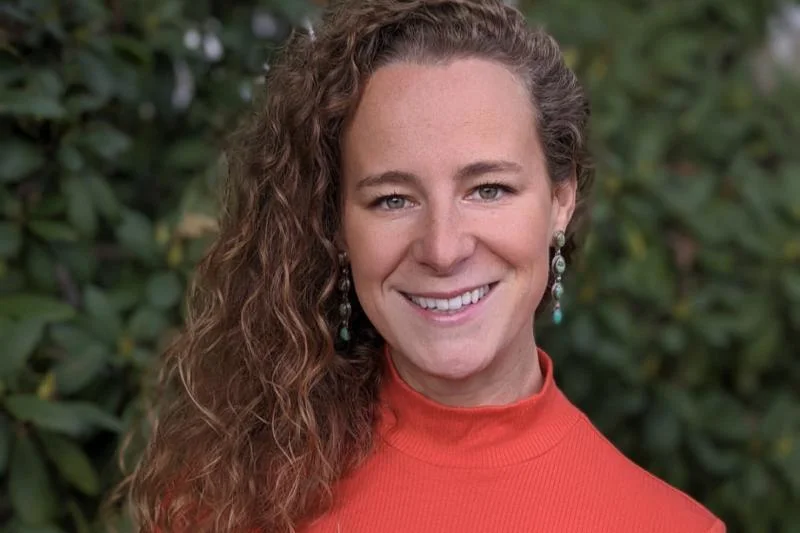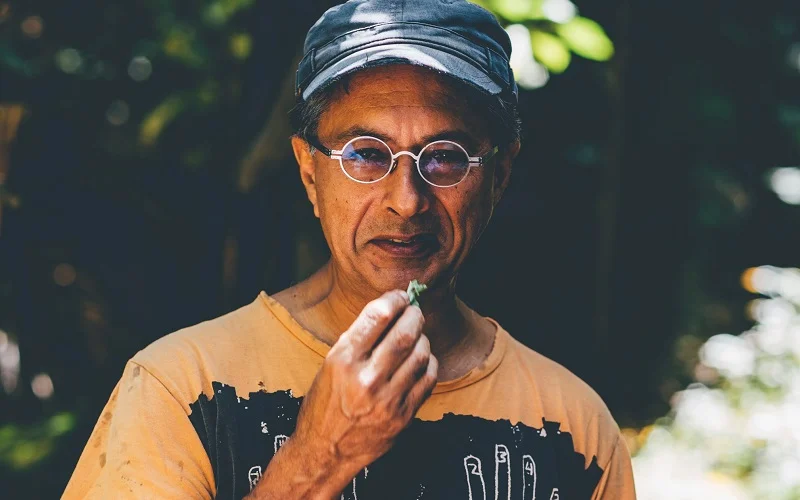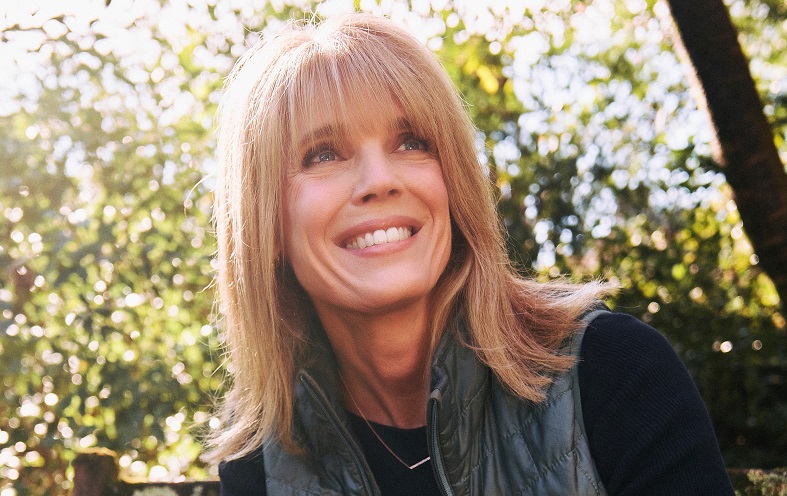
What motivates an individual to channel her power and influence to work towards the betterment of the world and society, and be an inspiration to others?
In our interview with Laura Turner Seydel, this extraordinarily active American philanthropist walks us through her professional journey, marked by her strong commitment to protecting and nurturing the environment for future generations. Laura talks about the dire state of our planet and how rigorous actions and collaboration among governments and big corporations can – and indeed must – help towards developing a sustainable future for humanity. Being a staunch environmental advocate, she highlights the many initiatives undertaken by her foundation work, aimed at creating healthy living standards for families. Laura also invites us into her LEED Gold-certified home in Atlanta, EcoManor, and shares with us scientific evidence behind her latest passion: the power of soil regeneration to positively impact the changing climate and restore biodiversity.
Laura, over the last 8 years we have interviewed almost 250 sustainability champions and changemakers around the world. Some of them academics and communicators, most ‘doers’ and shakers. Each with its own story and motivation. What inspires you to dedicate your professional life to public health and a sustainable future?
I grew up in a home that recognized the importance of protecting the planet. My dad, Ted Turner, was a pioneer who sounded the alarm about global warming and nuclear weapons beginning in the 1980s. He also aired series and documentaries, which we grew up on, including The Undersea World of Jacques Cousteau and National Geographic Explorer depicting the wonder and beauty of the natural world. We also learned of the damage humans were causing to land, sea, and life on earth.
Being exposed to this material at a young age affected me tremendously. I learned from my dad, who led by example, that I could make a difference by taking action. That’s why I have invested my time, energy, and resources in identifying gaps and filling them by starting organizations and programs or volunteering my services to create a healthy and sustainable future for the next generation.
We can all make a difference. It can be using reusable bags and bottles, picking up trash, recycling, conserving water and energy, buying green power, supporting sustainable companies, and voting for elected officials who are environmental and climate champions.
You serve on a dozen boards in the US for well-known organizations – business and charity. Do you have the impression that we are on the right track in addressing sustainable development issues?
I believe we are on the right path; we are winning battles but are losing the war. The solutions exist, we just need to act with urgency to scale them at a much, much faster pace. In August, the United Nations Intergovernmental Panel on Climate Change (IPCC) released the Sixth Assessment with UN Secretary-General António Guterres noting the IPCC Working Group’s report was nothing less than a code red for humanity. The alarm bells are sounding, and the evidence is irrefutable.
We are running out of time to repair the devastating impact of global warming caused by carbon and methane emissions. The report reveals we need to cut emissions by half by 2030 and reach net zero emissions by 2050—or risk passing a tipping point that no future generations can fix. The time to take action to turn things around is now.
S.G. Guterres specified the internationally-agreed threshold of 1.5 degrees C above pre-industrial levels of global heating was perilously close. We are at imminent risk of hitting 1.5 degrees C in the near term. The only way to prevent exceeding this threshold is by urgently stepping up our efforts and pursuing the most ambitious path to reducing global warming.
COP 26, the UN climate change conference scheduled to open this month in Glasgow, will focus on energy transition and set the stage for what comes next—the challenges of turning climate ambitions into climate action for the United States and world leaders alike. President Biden’s most ambitious goals are reaching the goal of reducing U.S. emissions by 50% by 2030, decarbonizing electricity by 2035, and achieving net-zero carbon for the U.S. by 2050. This would represent, in our country, an enormous change of direction.
Climate action must begin with hope and attainable solutions. One of the organizations I work with that embraces this mindset is Project Drawdown. It was the first to enlist researchers to measure, map, and model the top 100 scalable solutions to address global warming by implementing solutions that mitigate greenhouse gases.
My favourite top solutions include:
- #3 Reduce food waste
- #4 Eat more plant-rich diets
- #6 Educating girls
- #7 Family planning
- #11 Regenerative agriculture
- #19 Managed cattle grazing
If you combine #3 and #4 together it becomes the #1 solution to global warming. If you combine educating girls with family planning, it becomes the #1 solution to address the climate crisis. I encourage everyone to visit drawdown.org to learn more, get inspired, and act! Be sure to check out Drawdown Review 2020, the most current research and analysis of climate solutions, it includes 10 key insights for possibility and action across sectors.
How do you keep track of the impact our organizations are making – and how can charities and businesses best measure their success at making the world (or parts of it) more sustainable?
Working on solutions for the climate change crisis can be defined as the “ultimate collective action challenge.” It can only be met by bringing the right actors to the table and galvanizing them to do their part. Whether it is at the United Nations, in governors’ offices across the United States or in boardrooms of the biggest financial institutions, we know we are succeeding when we can build partnerships, create momentum and drive progress to deliver ambitious action for climate change and sustainability.
I serve on the Board of the United Nations Foundation (UNF). From a UN perspective, success requires our engagement with partners both within and outside the UN to help deliver on the bold climate goals set forth by the UN Secretary-General.
For instance, for almost two decades UNF has co-organized, with the UN and other partners, a biennial Investor Summit on Climate Risk. It brings the world’s biggest investors – with trillions of dollars in assets – into dialogue with diplomats and UN climate leaders. It helps to mutually reinforce each other’s work and make new partnerships possible.
At the 2020 Investor Summit, UNF brought the UN’s flagship investor climate initiative, the Net Zero Asset Owner Alliance, into the summit and showcased it as the model for global financial actors to align their investments with the goals of the Paris Agreement. In part because of that exposure, the Alliance has grown from 12 members managing $2.4 trillion in assets to 35 institutional investors with $5.5 trillion of assets under management in two years.
Another example that we are making progress was when Harvard University joined many other institutions stating they will no longer make direct investments of its $41.9 billion endowments in the fossil fuel industry, citing massive pressure from the student body and alumni.
How has the COVID-19 pandemic affected efforts in environmental protection and sustainability? (Has it been mostly a burden or perhaps also offered new opportunities of awareness, or working together?)
In 2019, the travel industry was trying to tackle issues of overtourism. Last year, due to the pandemic, travel and tourism internationally came to a grinding halt and the industry was grappling with the effects of undertourism. 10% of the world’s GDP comes from travel and tourism and there are countries, like the ones in Africa, which get as much as 40% of their GDP from travel and tourism. Many people lost their jobs, resulting in devastating outcomes for families and the economies as a whole.
But there were companies that made commitments to keep their employees on board while weathering the storm. Sadly, with a lack of tourism dollars, funds supporting land and species conservation and related jobs dried up. There was a remarkable rise in illegal poaching, fishing, and logging and an increase in the consumption of bushmeat.
When countries started to remove restrictions, people were ready to travel in earnest again; the world has opened back up and, in some places, tourism is almost back to normal and in other places, the recovery is happening more slowly. During COVID people took to the outdoors in droves, connecting in a different way. They moved away from their screens and camped, hiked, biked, and witnessed first-hand how much of an antidote nature is for the high levels of stress and anxiety they were experiencing.
Our company, Ted Turner Reserves (TTR) benefitted during 2020 with people wanting to be in nature and stay close to home. It was challenging at first to adapt to new rules and keep people socially distanced. It was especially painful for me to see so much disposable packaging for food service being used and thrown away. But many companies including ours began to use compostables instead. It is expensive, but it’s the right thing to do. TTR also hired more local staff and procured more food and products locally and I believe it is an important trend that we are continuing to commit to moving forward.
Your family home, EcoManor, was the first LEED-certified Gold residence in the US. How does it feel to live in an ‘eco-home? (For instance, which features of it do you find most impressive or innovative?)
Our goal for Eco-Manor was to develop a blueprint, which didn’t exist at the time, for a Leadership in Energy and Environmental Design (LEED) certified home. We were committed to using the best technologies, systems, appliances, and materials that were available to reduce our footprint on the environment. Things we consider common today, like low-flow showers and toilets, energy-efficient lighting, and no-VOC paint, were not readily available when we built our house in 2005. It really was cutting-edge.
It has been a great experience that we really wanted to share with others to showcase options for their own homes. Since 2007, we have opened up Eco-Manor to the public for tours and events so people could see first-hand what a green home looks like, with all the bells and whistles, and how it performs. People were surprised to know it was a green home because it seemed old world and their expectations were that it would look more like a spaceship or a hay bale home.
We have also enjoyed savings on our utility bills—which are usually around 50% less than those of a regular house. We also have
- a 12 KW solar array on the roof,
- geothermal heating and cooling,
- solar light tubes that bring in light from outside to interior rooms,
- rainwater-collecting cisterns,
- formaldehyde-free cabinetry,
- wheat core doors,
- slipcovered furniture to avoid landfilling,
- natural fibre carpets with vegetable-based dyes,
- recycled newspaper wallpaper,
- wood plank floors milled from fallen trees,
- attic insulation made from cellulose and soy-based foam,
- and a drought-tolerant, native-plant landscape, including pollinator gardens.
It truly is our sustainable healthy nest, and we hope it continues to inspire others to embrace more sustainable practices in the building.
Not only were we hyper-focused on reducing our carbon environmental footprint, but we also wanted to demonstrate what a home with healthy indoor air looked and functioned like. This was important to me as the co-founder and chair of Mothers and Others for Clean Air, whose mission is to protect children’s health by reducing the impacts of air pollution and climate change throughout the Southeast.
Air pollution isn’t just about dirty emissions from burning fossil fuels, tailpipes or smokestacks; it can be about how your home is built, and the finishes, materials, and furniture you select. I’m so excited about the Healthy Indoor Air Toolkit that Mothers and Others developed. This online toolkit is chock-full of important information on how you can reduce exposure to harmful volatile organic compounds (VOC’s) that off-gas from paint stains, adhesives, candles, and Teflon pans in your home.
An educated consumer can improve air quality significantly. On average, Americans spend approximately 80 % of their time indoors. Because energy-efficient homes are more airtight, air pollutants are trapped in the home, sometimes making indoor air quality more unhealthy than outdoor air.
Most of our interviews so far have focused on sustainability linked to travel and tourism. To your mind, is the industry any closer to becoming more sustainable, as we emerge from the pandemic?
There is no question in my mind that the core principles of sustainable tourism—caring for people and protecting our planet— have become increasingly important to the travel and hospitality industries as we have emerged from the pandemic. This is illustrated by initiatives such as Beyond Green, a new portfolio of hotels and lodges around the world that are the leaders in sustainable tourism practices. I am proud that Ted Turner Reserves Vermejo, our family’s property in New Mexico, was one of their 24 select founding members.
Since my father acquired this property in 1996, protecting and restoring more than half a million acres of natural habitat that are also home to endangered species of flora and fauna has been prioritized.
In my view, the travel industry needs to focus even more on having a demonstrated positive impact on protecting natural resources, including biodiversity and restoring ecosystems, along with embracing cultural heritage and improving local people’s livelihoods.
The good news: according to Conscious Comeback, research published this July by Virtuoso, a leading global network of travel agencies supports the premise that travellers are more open than ever to the idea of sustainable tourism.
Which challenges would you consider the most urgent for the travel & tourism industry to tackle?
There are several urgent challenges, but one that quickly comes to mind is addressing the plastic pollution crisis. According to the International Union for Conservation of Nature (IUCN), of the over 300 million tons of plastic produced each year, at least 8 million tons of plastic ends up in our oceans annually.
In 2018, National Geographic launched the Planet or Plastics campaign, calling for an end to single-use plastics around the world, because these products are doing massive harm to marine ecosystems. Costas Christ, former chairman of the National Geographic World Legacy Awards and one of the Sustainable Leaders you have interviewed in the past, helped to lead that initiative, calling for action from the travel industry which goes beyond the basics of getting rid of plastic straws.
Areas of the Pacific Ocean larger than the country of France represent the equivalent of a vast floating plastic garbage dump that is killing marine life, choking our waterways, polluting our oceans, and ultimately adversely affecting people’s health. In fact, in the US, people consume an average of a credit card size amount of plastic each week which poses a major threat to public health.
As a fossil-fuel product, plastic has a huge carbon footprint, so this also has significant implications for climate change. When plastic-industry lobbyists in the U.S. pushed to have Kenya (one of a few countries to enact a national-level plastic ban) lift its ban on plastics, the travel industry should have loudly supported the Kenya government’s ban as an example of what we need to do.
It is not enough for travel companies to say that they are trying to reduce plastic or switch to recyclable plastic. We need to refuse to use single-use, throw-away plastics because right now there is really no such thing as the ability to recycle plastic in most cities and countries. The infrastructure doesn’t exist. The travel industry—one of the largest industries on Earth, impacting almost every corner of our planet—needs to, and can, tackle the global plastic waste problem in a bigger and bolder way.
Extinction is another crisis for the travel industry. People want to travel to places that have plentiful wildlife in their natural habitat. The dreadful reality is that we are going through our sixth period of plant and animal mass extinction.
The current wave is considered to be the worst series of species elimination since the dinosaurs disappeared 65 million years ago. Granted, extinction is a phenomenon that occurs naturally, however, it normally happens at a rate of 1 to 5 species every year. But scientists estimate we are currently losing species 1,000 to 10,000 times faster than that, which means that literally tens of species are vanishing from the face of the Earth every day.
We could be looking at a frightening future. At this rate, almost one-third to one-half of all species could become extinct by 2050. Prominent ecologist E.O. Wilson advocates in his book, Half-Earth: Our Planet’s Fight for Life, to protect half of the land and sea in order to preserve and ensure the long-term health of our planet, sparking a national movement to conserve 30% of the world’s land and oceans by 2030.
Brett Tollman in his interview mentioned that “one has to do well in business in order to do good in the world”. In other words, put economic sustainability first. Do you agree?
Brett is a brilliant and ethical businessman and thinks a lot like my father, they do well by doing good. I don’t think we should put profit over the health and welfare of people. Companies shouldn’t worry more about fourth-quarter profits than the long-term effect of their actions on our collective commons, our air, water, and land. Consumers have a lot of power to influence company business practices.
When people choose to travel more sustainably, they are using that influence. Virtuoso revealed in their Conscious Comeback report that the pandemic has made 82% of some of the world’s most discerning travellers keen to vacation more responsibly.
Speaking on those findings, Jessica Hall Upchurch, vice-chair and sustainability strategist at Virtuoso said, “This past year has led to travel’s great reset and one of the positive outcomes has been an awakening in terms of our greater responsibility to each other and to the planet. We’ve always felt that sustainability isn’t a trend – it’s a transformation – and there is a natural evolution that occurs in any movement that has a groundswell of support.”
We need to support companies that are using sustainable business practices. My dad understood this stewardship principle well and infused it into the mission and vision statements and guiding practices of his companies. He has proven on his ranches and at Ted Turner Reserves that commerce and conservation are not mutually exclusive, one does not have to be exploited for the other.
He has set an important model for other private landowners where some of the profits can be invested in ecological preservation and restoration of habitats.
Preserving land and the species that rely on that land is critically important to address some of the biggest existential threats, especially climate change and loss of biodiversity.
Among the 17 UNSDGs, which do you consider the most important to focus on in the years ahead – how to prioritize?
I would consider all of the SDGs important because they are cross-cutting and intersectional. Each is interwoven with the others like a piece of fabric, if you pull one thread out, the fabric unravels. Since you said to select just one, perhaps it is SDG 1 (ending poverty in all forms everywhere) that should be our top priority as we recover.
The pandemic has caused a backsliding in the progress the world had achieved on the goal’s deadline of 2030 and disrupted the set timeline. An astonishing estimate of 71 million people was pushed back into extreme poverty in 2020, the first rise in global poverty since 1998. Lost incomes, limited social protection, and rising prices mean even those who were previously secure could find themselves at risk of poverty and hunger.
The UN has urgently scaled action to meet the most immediate needs. As more than 270 million people were predicted to face acute food shortages this year compared to 150 million before the pandemic. The UN World Food Programme successfully implemented the largest scale-up of its reach in the program’s history, reaching more than 138 million people on the brink of hunger. Touching on an area intersecting with the climate crisis, the UN hosted the first-ever summit on food systems, in parallel with the General Assembly last month.
The UN secretary-general said it best: “We cannot go back to the way it was and simply re-create the systems that have aggravated the crisis. We need to build back better with more sustainable, inclusive, gender-equal societies and economies.” The Sustainable Development Goals offer a road map for the way forward. My father refers to them as the business plan the world needs now.
We must develop sustainably and preserve, protect, and restore our life support system, clean air, clean water, healthy soil to grow healthy food, scaling the renewable infrastructure, protecting the oceans and forests, and sustainably restoring grasslands are all critical to that success.
Which sustainability projects or initiatives are you especially passionate about right now and would like to introduce to our readers?
The more I’ve learned about the opportunities for soil regeneration to address the climate and extinction crisis, the more optimistic I’ve become about the future. Over the past 2 years, I’ve learned and witnessed first-hand how impactful implementing the 6 principles of regenerative agriculture and managed adaptive livestock grazing is, and how many win-wins there are for people, animals, and the planet.
We need to completely rethink the harmful farming and ranching methods that have killed life in the soil, reduced biodiversity of the flora and fauna, increased drought conditions and desertification, reduced the land’s ability to provide ecosystem services, and polluted the environment.
Transitioning farms and ranches with depleted soil to implementing regenerative practices is one of the most important things that can be done to increase profits, build topsoil, rapidly increase biodiversity, increase drought tolerance, restore the hydrological cycle, and drawdown greenhouse gasses.
Al Gore notes in his Climate Reality Leadership training that healthy grasslands sequester 20 times more carbon than trees in forests.
On Turner ranches, we, like many thousands of farmers and ranchers, are dedicated to implementing practices that will regenerate the soil, improve the health of the land, grow biodiversity, and solve the climate crisis. Our ranches are becoming case studies for success.
Thank you, Laura.
Connect with Laura Turner Seydel on LinkedIn.
Enjoyed our interview with Laura Turner Seydel on how we can turn the clock back on climate change through science-based actions and dedicated efforts from organizations? Thanks for sharing!

